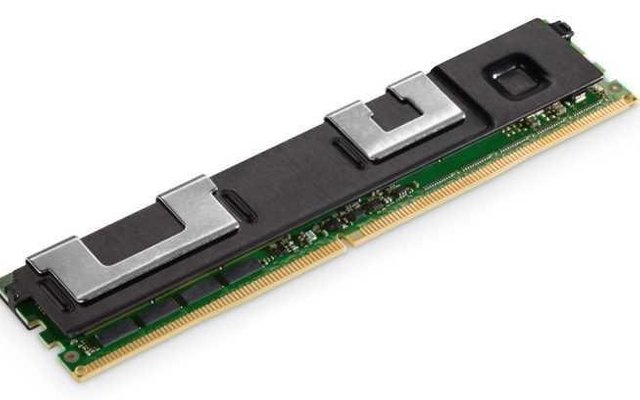
By 2015, the world waited for the manufacturing companies to use it to build memory sticks.
3D XPoint combines the properties of flash memory with those of DRAM. Like flash memory, it is persistent, retaining value even when the systems are off, and is dense, with a density approximately 10 times the density of DRAM. Like DRAM, it accepts access to random latency. Intel also claimed that write resistance is substantially better than flash memory.
This combination of features has created perspectives for memory sticks that look like DIMMs and are recognized by the system as DDR4 RAM but with much higher capabilities and persistence: data written in "RAM" is kept permanently . Memory with these properties is intriguing for a wide range of applications - for example, databases that do not have to worry about backing up disk data - and could someday cause significant changes in how systems are designed operating and software.
But while persistent memory was probably the most interesting application of 3D XPoint, the first products that were launched on the market were simply storage units that used the Optane brand. There were a number of enterprise-class units and a few consumer-oriented M.2 sticks designed to be associated with a hard drive to produce a high-speed hybrid. While 3D XPoint offered some advantages over flashing SSDs - in particular, unit latency is significantly lower than that of comparable flash drives, and I / O performance is sustained even in large mixed read / write tasks - this was not exactly the revolution we hoped for.
It's no longer the case. Recently, Intel has announced the persistent Intel Optane DC memory. This is a series of 128GB, 256GB and 512GB DDR4 memory sticks that use 3D XPoint instead of traditional DRAMs. The outcome? Latency is slightly worse than the real DDR 4, but sticks have persistent memory. Although they use the standard DDR4 factor, they will only be supported on the next-generation Intel Xeon platform.
Intel is using the new memory as a way to greatly increase the amount of memory available to processors and to eliminate the latency that normally occurs when you move data from memory to permanent storage. This is true for a series of workloads based on caches and databases. Persistence means that newly uploaded servers no longer have to load data terabytes into memory - the data is, in fact, already there. Because persistent memory has so great implications for software developers, Intel will also have a scheme that gives developers (under a non-disclosure agreement) access to machines that use Optane Persistent Memory so they can develop and test software that takes advantage of its persistent capabilities.
Beyond this basic information, there are still many things we do not know about Optane DC Persistent Memory: performance, strength, power consumption, system / processor compatibility - all remain unknown at this time. Intel is also vague about the availability of the product: large-scale availability will take place at one point in 2019, but some of the company's favorite customers will be able to get hold of it this year.
Authors get paid when people like you upvote their post.
If you enjoyed what you read here, create your account today and start earning FREE STEEM!
If you enjoyed what you read here, create your account today and start earning FREE STEEM!
like
Downvoting a post can decrease pending rewards and make it less visible. Common reasons:
Submit